Characterization of the mechanical properties of asphalt mixtures using optical measurement techniques
Introduction
According to the international road federation, the total length of the road network in the world is estimated to be more than 32.9 million kilometers. Most of these roads are paved using asphalt mixtures and a considerable amount of money, material and energy are used in road construction and maintenance. By understanding the design parameters of asphalt mixtures and quantifying them, it is possible to design optimized road structures that are cost-effective, durable and sustainable. Therefore, understanding the complex mechanical behavior of asphalt mixtures is of great importance.
In the past decades, multiple research has been done on asphalt mixtures, and different methods were developed to quantify their mechanical properties. These methods include the conventional standard cyclic loading tests, which are expensive, complex to perform, and sensitive to the experimental setup.
This research proposes novel techniques to explore the complex behavior of asphalt mixtures and quantify their mechanical properties through non-destructive experiments in the lab. The proposed methods are based on different optical measurement systems, which are still not widely used in road engineering. The developed methods are more economical than the already existing techniques and can visually depict the complex behavior of asphalt mixtures during the tests.
Estimation of the master curve of complex modulus of asphalt mixtures from modal analysis experiments
To estimate the master curve of asphalt mixtures a novel experimental procedure was designed, and MATLAB codes were developed to determine the master curve of E* for an asphalt mixture using a modal analysis approach on beam shaped specimens.
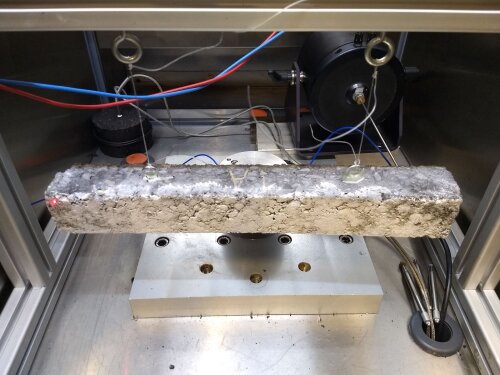
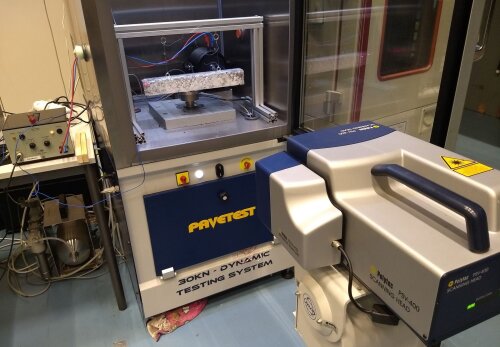
Investigation of crack propagation and healing of asphalt mixtures using digital Image correlation
Healing is an important parameter of asphalt pavements for mixture design and service life prediction. However, there is still a lack of a proper method to observe and quantify this phenomenon for asphalt mixtures. In this study, the DIC method has been used to firstly predict the crack locations and secondly explore the possibility of observing and measuring the healing ability of asphalt mixtures from the strain map on the surface of the samples.
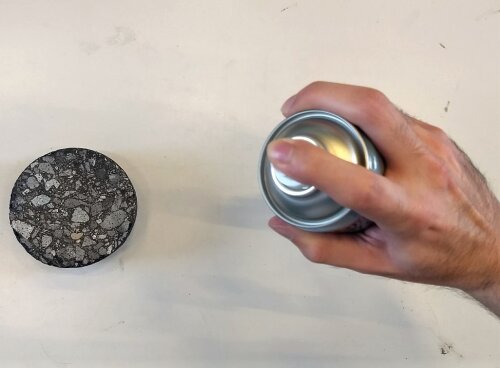
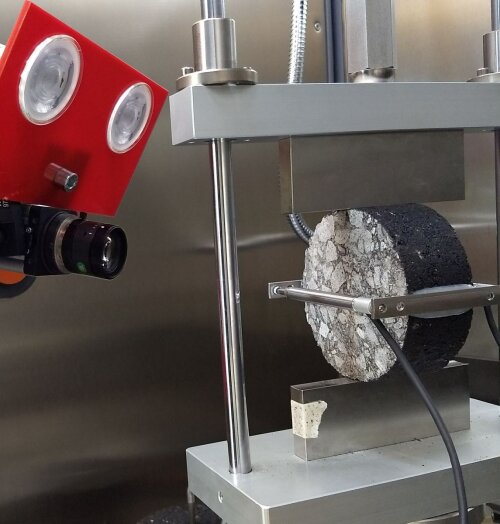
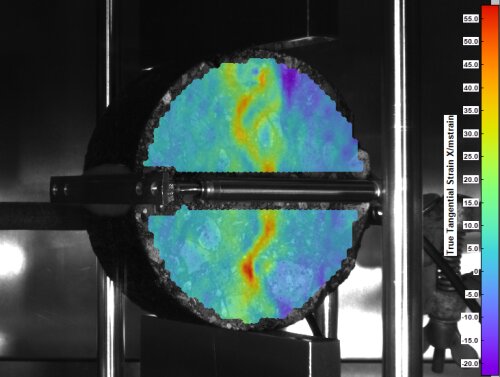
Full PhD is available here.